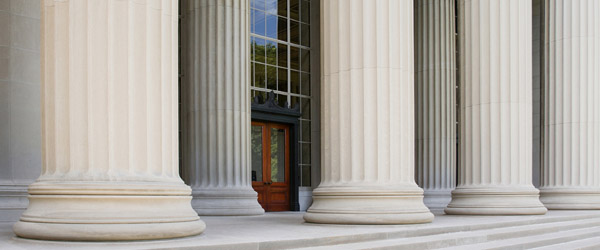CORE
MIT named among three top universities in the world for humanities and arts fields

“The world’s problems are so complex they’re not only science and technological problems. They are as much human and moral problems.”
— Melissa Nobles, Kenan Sahin Dean,
MIT School of Humanities, Arts, and Social Sciences
The Times Higher Education 2015 World University Rankings has named MIT one of the top three universities worldwide for arts and humanities education. The three top ranked universities — Stanford University, Harvard University, and MIT — are closely aligned in the evaluation metrics, which assess the arts and humanities at “research-intensive universities across all their core missions: teaching, research, knowledge transfer, and international outlook.”
"I am delighted that MIT's faculty members in the arts and humanities are receiving this public recognition as scholars and teachers for their remarkable research and creativity," said MIT President L. Rafael Reif. "Their work challenges us to think about the world in new ways, overturns fixed assumptions, and inspires novel connections across disciplines far beyond their own fields. Humanities and arts teaching is also central to guiding MIT students in their growth as human beings who understand the power of science and technology, are alert to its impacts on society, and are prepared to be bold, thoughtful leaders of constructive change.”
The Times Higher Education World University Rankings is an annual publication of university rankings by Times Higher Education, a leading British education magazine. This acknowledgement of MIT’s global role in the arts and humanities follows recent recognition for its contributions to individual fields and disciplines. The 2015 QS World University rankings, for example, ranked MIT as the world’s top university for architecture, economics, and linguistics, and the fourth leading institution for art and design, as well as the number one university overall.
Two MIT schools and several centers are home to the arts and humanities
At MIT, outstanding programs in the School of Humanities, Arts, and Social Sciences — including literature; history; music and theater arts; linguistics; philosophy; comparative media studies; writing; global studies and languages; science, technology and society; and women’s and gender studies — sit alongside equally strong initiatives within the School of Architecture and Planning in the arts; architecture; design; and history, theory, and criticism.
These efforts are complemented by the Center for Art, Society & Technology (CAST), the office of the Arts at MIT; the LIST Visual Arts Center; one of the nation’s most significant exhibition spaces for contemporary arts; the MIT Museum, which makes MIT innovation accessible to all; the MIT Writing Center, and HyperStudio, MIT’s center for digital humanities.
"At MIT, we view the humanities and arts as essential,” said Melissa Nobles, Kenan Sahin Dean of the School of Humanities, Arts, and Social Sciences, “both for educating young students, thinkers, and citizens, and for addressing the great challenges of our time.”
“The arts and humanities are deeply embedded at MIT, throughout our schools and departments and across the curriculum,” said Hashim Sarkis, Dean of the School of Architecture and Planning. “I am delighted to see this broad strength recognized not only for its importance to MIT but for what it offers to the world.”
MIT calls on a continuum of knowledge to meet great challenges
In announcing this year’s rankings in the arts and humanities, Times Higher Education noted that while the U.S. continues to dominate these subject area, its overall representation has dropped from 35 institutions in the top 100 list in 2014, to 32 in 2015.
One possible reason for this change could be the decrease in U.S. federal funding for humanities research and the arts, according to Dean Nobles. As she said in an interview with the Times Higher Education magazine, federal funding currently “wants to privilege science and technology at the expense of the humanities.”
The MIT model, however, Nobles said is to call on a continuum of knowledge — including the STEM, humanities, arts, and social science fields — for problem-solving, research, and education. Noting that all undergraduates at MIT are required to take a minimum of eight classes in the humanities, arts, and social sciences, Nobles told the magazine:
“The world’s problems are so complex they’re not only science and technological problems. They are as much human and moral problems.”
Suggested Links
School of Humanities, Arts, and Social Sciences
Fields of Study
School of Architecture and Planning
Arts at MIT
MIT CAST
Center for Art, Science & Technology
HyperStudio
MIT's Center for Digital Humanities